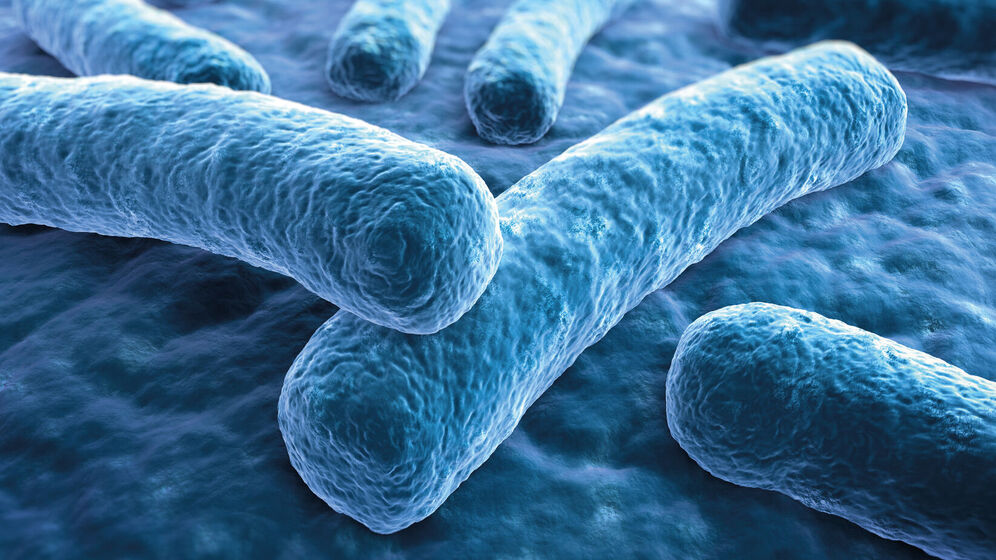LEGIONELLA-SPECIAL

Summary of Characteristics Legionella pneumophila
The legionella group can be divided into more than 60 different species, of which only a few are of human pathogenic importance. This is particularly the species Legionella pneumophila, which led to the disease outbreak in Philadelphia in 1976.
Legionella are bacteria (gram-negative rods, strictly aerobic, non-encapsulated, no spore-forming) that cause various clinical pictures in humans: from flu-like symptoms to severe pneumonia.
They are able to multiply within a cell, especially in other microorganisms and in human macrophages (facultative intracellular parasites). The characteristic of being able to reproduce in phylogenetically distant cells such as those of protozoa and in human macrophages is a rare biological exception. Depending on the patient population examined, legionella are responsible for around 5 to 15% of all cases of hospital-acquired or community-acquired pneumonia.
Historical
Shortly after the meeting of former members of the army in Philadelphia in 1976, which was attended by around 4,400 legionnaires, 149 people fell ill with severe pneumonia, which was accompanied by a high fever.
The doctors diagnosed pneumonia and treated her accordingly with penicillin. But the treatment was unsuccessful, and 34 of the patients died. Tests carried out immediately after the outbreak of the epidemic for known bacterial and viral pathogens were unsuccessful
Only later investigations were able to identify a previously unknown bacterium as the cause of the disease. Due to its history of discovery, it was given the name Legionella pneumophila.
Behavior in the Water
Ideal conditions for legionella to multiply exist in the so-called risk area at temperatures between 25 °C and 55 °C. Up to about 20 °C there is no significant risk of disease, at temperatures above 70 °C the pathogen dies off very quickly.
Legionella tricks
Legionella defy the attacks of human macrophages. These immune system cells protect the body from pathogens by eating and digesting the attackers. Legionella are also absorbed inside these cells, but unlike other bacteria they can multiply there, well protected from further attacks by the immune system, for which they are invisible inside the macrophages.
